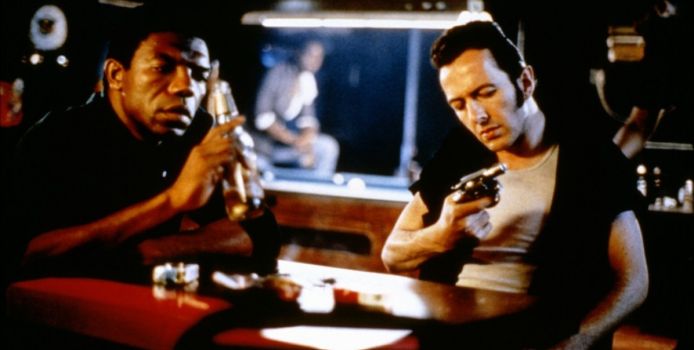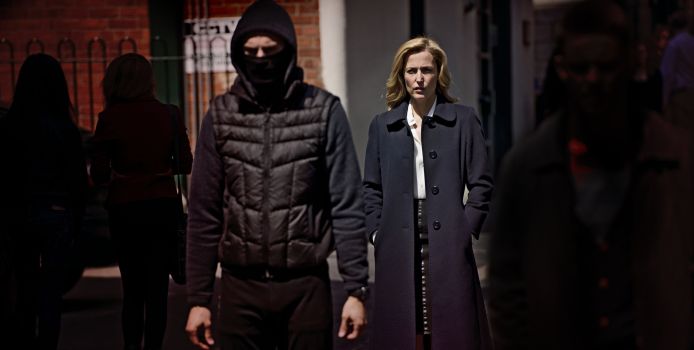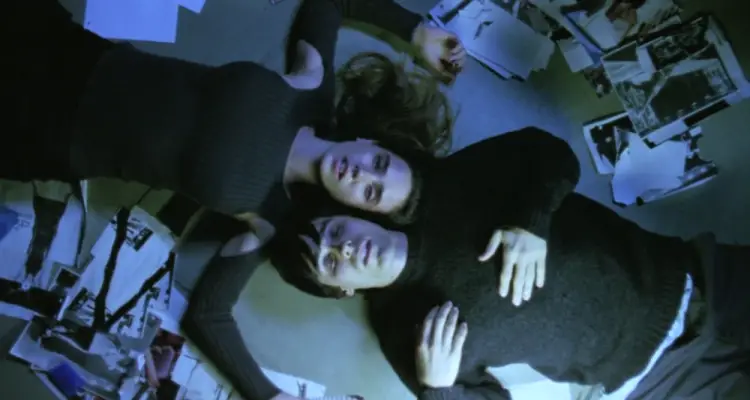discussion

It sounds so easy on paper. Take a successful creative work that already has a large following and put it on the big screen, what could possibly go wrong? A lot it seems, as it can be rather difficult to find any game film released that has been received positively, and with the recent travesty released being in the form of Pixels there seems to be no hope in sight.

When Vêra Chytilová sadly passed away in March of last year, cinephiles across the world mourned the loss of a truly passionate and original filmmaker. Chytilová was the dangerous iconoclast of the Czech New Wave. Both the BFI and Second Run DVD decided that the world must know of her work outside of her nihilistic masterpiece Sedmikrasky (Daisies, 1966), and as such the BFI ran a series showing many of her films at their Southbank cinema, and Second Run released two of her films, Pasti, Pasti, Pasticky (Traps, 1998) and Fruit of Paradise (1970), on their excellent DVD line.

Mad Max: Fury Road, the latest from Australian director George Miller, is overtly, and perhaps primarily, an action film. The vast majority of its two hour runtime is devoted to a single unrelenting chase sequence; it both drives the narrative and provides a platform for the manic and brilliantly staged action set-pieces which will define the film for many audiences.

Joe Strummer, born John Grammar Mellon, is best known as the scowling, screaming, warrior-poet who sang lead vocals and played rhythm guitar for the “only band that matters”: The Clash. The man with the gravel voice and the idealist political agenda was never afraid to voice his opinions on current events.

The ‘Suspension Of Disbelief’ is an important factor in the consumption of art, any sort of art. Whenever we are presented with a vision of the fictional world our enjoyment of it rests on us deciding for one moment to accept it as realistic fact. For example, we all know a time-travelling DeLorean is frankly impossible, but if we were to spend the entire of Back To The Future considering how highly unlikely Marty’s adventure was, well, then we would not get swept into the story, and would certainly not enjoy ourselves as much.

“My approach to 3D is in a way quite conservative … I want it to be comfortable. I want you to forget after a few minutes that you are really watching 3D and just have it operate at a subliminal, subconscious level. That’s the key to great 3D and it makes the audience feel like real participants in what’s going on.

I was watching the North Irish TV show The Fall a while ago and it struck me how handsome Jamie Dornan is, and how fascinating it is that the creators of the show cast him for the role of the sexual predator and serial killer, the villain of the story. In typical crime films and TV, the average sexual predator is portrayed to be a pretty average if not ugly guy, around or older than 40, and if he’s fat, he preferably has a constant sheen of sweat over his forehead. Someone who kind of grosses you out.

Last month Film Inquiry contributor Rachael Sampson reviewed The New York Film Academy’s newly released infographic exploring gender representation in cinema. In addition to this infographic, the NYFA also published statistics on the portrayal of drugs in movies from 1894 to 2014 for us to review. I’ve always been interested in how society’s feelings towards something considered more ‘taboo’ like drugs is mirrored, if at all, in pop culture, especially in the context of film.

Stoner movies aren’t really the best education on weed culture, I’ll be honest with you. If you learnt everything about toking up from watching comedies like Pineapple Express (2008) and This is the End (2013), you know that men like to get really high. They roll up joints and blunts, take plenty of hits on bongs and bowls, and order in family-size pizzas.

I first saw Steven Spielberg’s Saving Private Ryan in the early 2000s; it was a VHS copy playing on a big old JVC television that had a similar depth to a Toyota Aygo. I have since seen Saving Private Ryan a large number of times, but my reaction to its first 25 minutes remains unchanged, a reaction of shock, recoil and deep admiration for the people who executed this excellent, transformative piece of filmmaking. My knowledge of WW2 was minimal at this time, but I roughly knew the basics.

In cinema, age-gap relationships have been forever on display, from Humphrey Bogart and Lauren Bacall to those seen throughout Woody Allen’s cinematic adventures (including his most recent Magic in the Moonlight). The age-gap relationship often takes the form of an older man and a younger girl, though there are the exceptions (take a look at The Graduate). Aside from the problematic conventions of the leading men ageing and the women remaining youthful in looks and spirit, the age-gap film poses questions about sexuality that mainstream Hollywood often shies away from.





